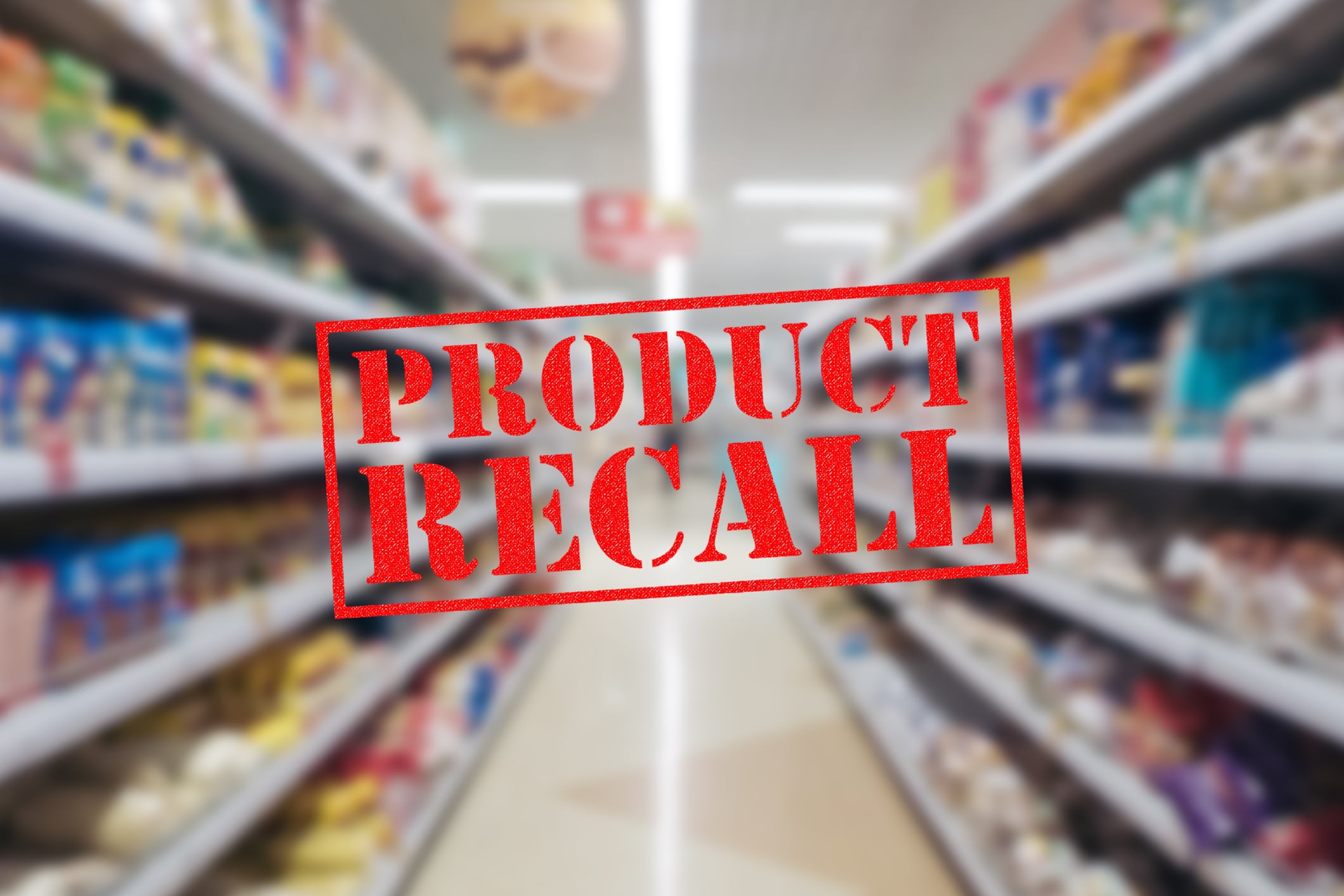The RQA Group’s H1 2025 Product Recall Report analysed recall data published by the Food Standards Agency in the UK, in addition to similar agencies across the EU, USA, Canada, Australia and New Zealand.
Based on the figures calculated by RQA Group, 35% of all Food Standards Agency alerts this year were the result of allergen related labelling errors which along with suspected allergen cross contamination issues, secured allergens as the top cause of food recalls in 2025.
Meanwhile, foreign body contamination recalls were the second most common once again this year, despite recalls caused by microbiology affecting a greater number of different products.
Nearly 150 recalls were announced between January and June, an increase compared to the same period in 2023 and 2024, but down on 2022 and the fours years prior to that.
In terms of the product categories most impacted by recalls, ‘prepared dishes’ retained the top spot, while the ‘nuts, seeds and snacks’ category rose to second place from fifth last year.
The report also observed a slight rise in ‘food alerts for action’, which are focused on border or regulatory compliance issues rather than direct food safety hazards.
“This trend resembles how RASFF operates and could point toward gradual divergence from EU approaches since Brexit, although this is not explicitly confirmed by the Food Standards Agency,” the report said.
Commenting on the findings from the report, Georgina Stewart, nutrition and regulation adviser at food consultancy The Nutrient Gap, told Food Manufacture that the number of allergen errors was a signal that “labelling governance is still the industry’s weakest control”.
“If we’re serious about cutting this number, we have to look at root causes, not just symptoms,” she continued.
“When I review incidents, the [point of failure] usually clusters around five themes: weak change control between spec, artwork and print; supplier data gaps or substitutions not captured in time; poor line clearance and label/film verification at production start-up; misplaced precautionary allergen labelling replacing real risk assessment; and copy divergence between pack, web and point-of-sale.
“Each of these is solvable with disciplined processes and a single source of truth.”





